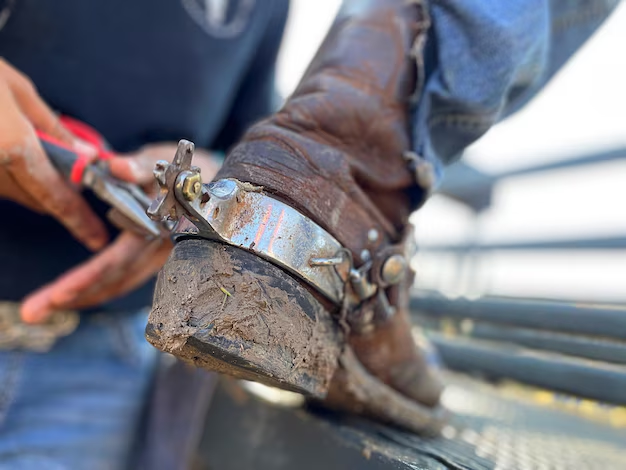Keep Your Gutters Clean and Functional: A Guide to Protect Your Home
Each year, thousands of homeowners face the hassle and expense of addressing water damage caused by neglecting their gutters. Avoiding such troubles requires a proactive approach to gutter maintenance. Keeping gutters clean and functional not only prevents costly repairs but also safeguards your home’s structural integrity.
Why Gutter Maintenance Matters
Gutters play a critical role in directing rainwater away from your home, preserving the foundation, walls, and landscaping. When clogged, water can overflow, leading to severe consequences like basement flooding, foundation damage, or pest infestation. Regular cleaning ensures water flows freely, protecting your investment and maintaining curb appeal.
How to Easily Maintain Your Gutters
1. Routine Cleaning:
Schedule seasonal check-ups. At a minimum, clean your gutters twice a year, typically in the spring and fall. If your property is surrounded by trees, more frequent cleaning may be necessary. Tools like gloves, a sturdy ladder, a scoop, and a water hose are essential.
2. Install Gutter Guards:
Reduce the frequency of cleanings. Gutter guards are mesh, foam, or brush products designed to block debris but allow water flow. While they don’t eliminate cleaning entirely, they significantly reduce the time and effort needed.
3. Check for Leaks and Damage:
Perform regular inspections. Ensure there are no holes, rust, or loose fasteners, which can cause leaks or pull the gutter away from the roof. Apply a gutter sealant or replace segments as needed.
When to Call a Professional
While many homeowners prefer the DIY approach, some situations warrant professional help. If your gutter system is complex, or if your home has multiple stories, hiring an expert can ensure safety and thoroughness. Professionals bring equipment and expertise, offering peace of mind and saving time.
Financial Assistance for Homeowners
Maintaining your gutters is not just about preventing damage; it can also be a route to discovering financial resources you might not be aware of. Homeownership comes with a unique set of financial challenges, and many programs offer relief and support.
💡 Explore these financial and educational resources:
Home Repair Assistance Programs: Check with local governments or community organizations that may offer grants or loans specifically for home maintenance and repairs.
Energy Efficiency Loans: Upgrading your gutters and downspouts to more efficient models can sometimes qualify for energy efficiency loans, reducing upfront costs.
Educational Resources: If gutter maintenance is just one of many home improvement projects on your list, consider online courses or community workshops to build your DIY skills.
Debt Relief Options: If managing your home expenses is overwhelming, explore debt relief options that might alleviate financial pressure, freeing up resources for home maintenance.
Owning a home is a significant responsibility, but with the right strategies and a perspective that considers financial resources, you can keep your property in top condition. Protect your investment by prioritizing routine gutter maintenance, and explore programs designed to ease the financial burden of homeownership.
